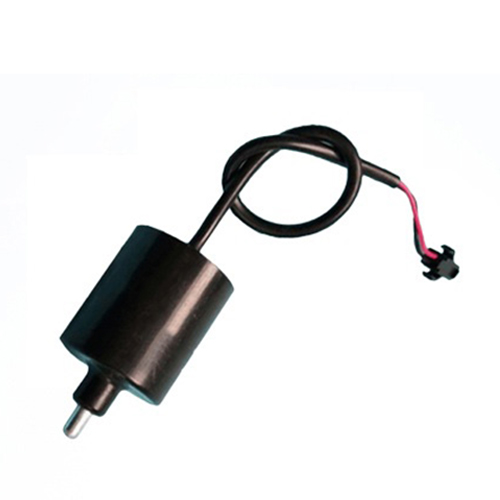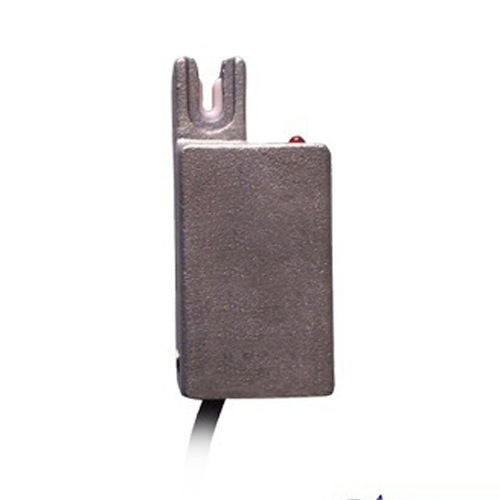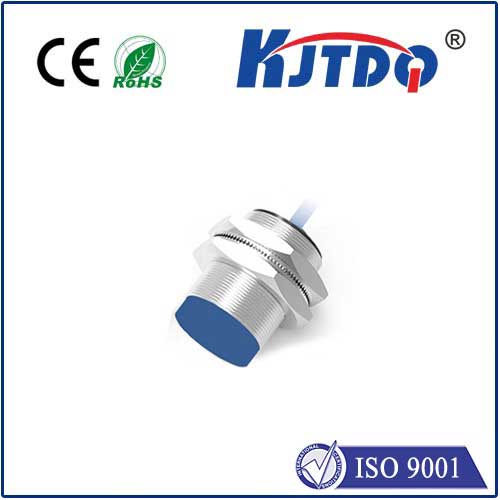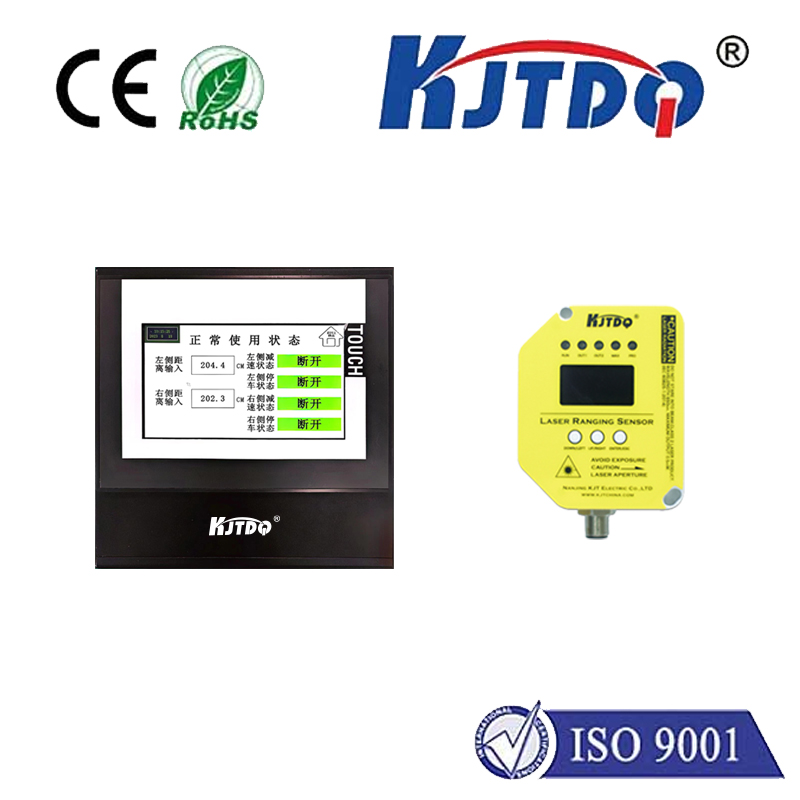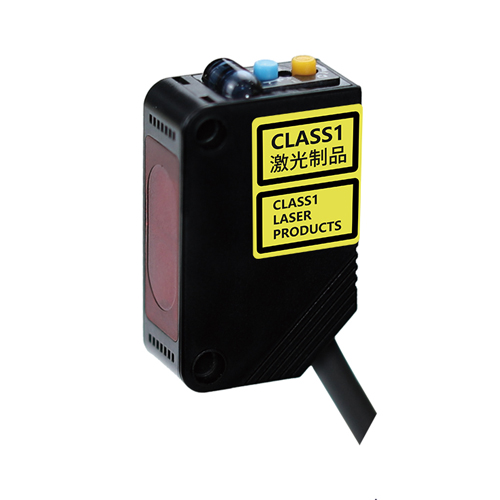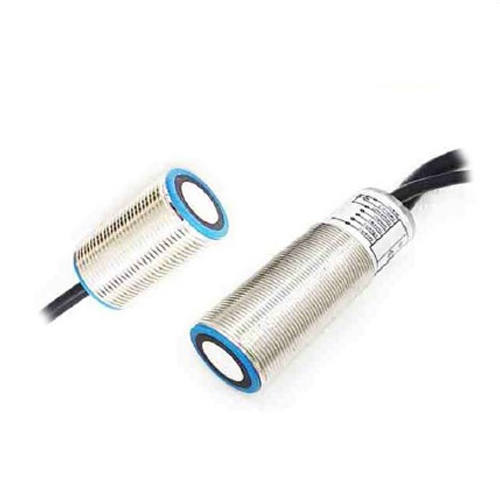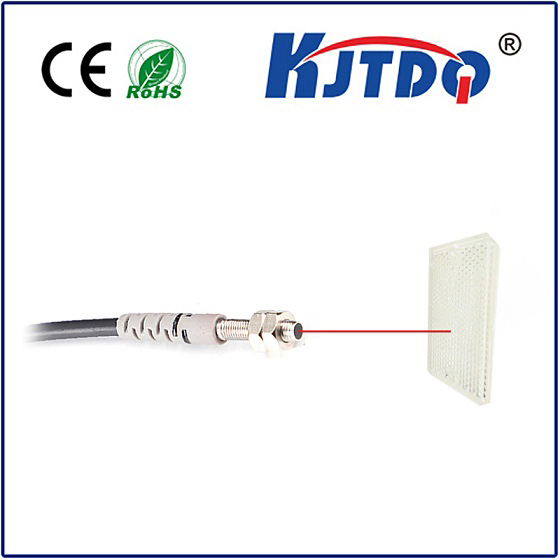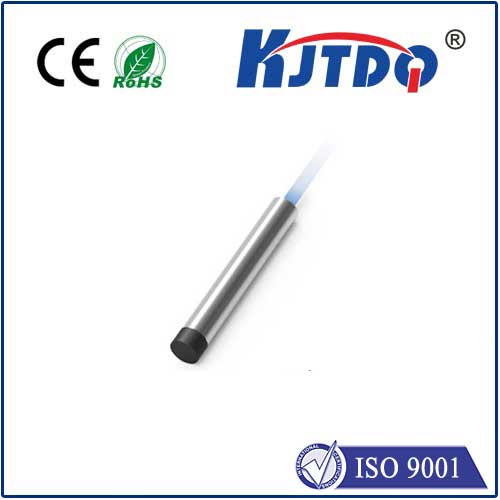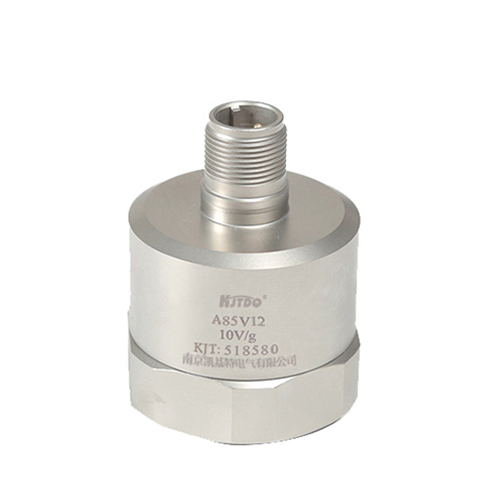

check

check

check

check

check

check

check

check

check

check
Introduction:
Proximity sensors are becoming increasingly popular due to their various applications in industries such as manufacturing, logistics, and automation. These small devices can detect the presence of objects or people within a given distance, providing valuable information for decision-making processes. If you're looking to purchase or use proximity sensors, it's essential to know where to find them in your area. In this article, we'll explore how to locate proximity sensors and provide recommendations on where to buy them.
Section 1: Types of Proximity Sensors
Before you start searching for proximity sensors in your area, it's essential to understand the different types available. There are three primary types of proximity sensors: ultrasonic, infrared, and magnetic. Ultrasonic sensors emit high-frequency sound waves that bounce off objects and determine their distance. Infrared sensors use infrared light to create a beam that is reflected back when an object comes into contact with it. Finally, magnetic sensors use a magnetic field to determine the distance between two objects. Each type has its advantages and disadvantages, so it's essential to choose one that best suits your needs.
Section 2: Where to Buy Proximity Sensors
Once you've determined the type of proximity sensor you need, you can start searching for vendors in your area. Some popular retailers that sell proximity sensors include Amazon, Best Buy, and Micro Center. These online stores offer a wide selection of proximity sensors from various manufacturers at competitive prices. Additionally, many hardware stores such as Home Depot and Lowe's also carry proximity sensors for sale. It's always a good idea to read reviews from other customers before making a purchase to ensure you're buying from a reputable vendor.
Section 3: Choosing the Right Proximity Sensor for Your Project
After identifying potential vendors in your area, it's time to consider which proximity sensor is best suited for your project. When choosing a proximity sensor, consider factors such as accuracy, range, and power requirements. It's also crucial to ensure that the sensor is compatible with your existing system and software. Consulting with experts or consulting documentation provided by the manufacturer can help you make an informed decision.
Conclusion:
Locating proximity sensors near you is easier than ever with the vast array of online retailers and hardware stores available. By understanding the different types of proximity sensors and researching potential vendors in your area, you can make an informed decision about which sensor is best suited for your project. Remember to carefully consider factors such as accuracy, range, and compatibility with your existing system when selecting a proximity sensor. With these tips in mind, you can confidently purchase and use proximity sensors in your next project.
